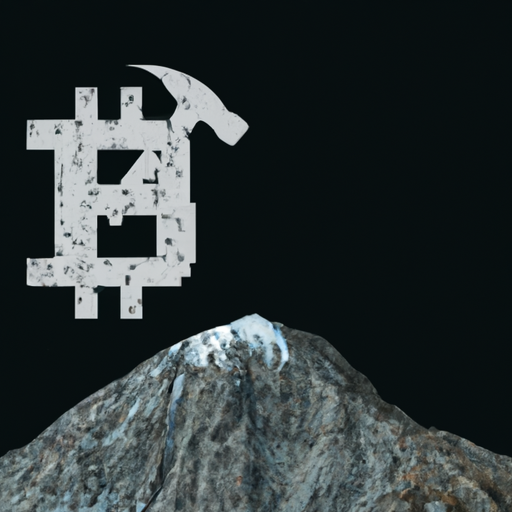The Latest Bitcoin Mining Difficulty Reaches Unprecedented High
Key Points:
- Bitcoin mining difficulty surges to an all-time high of 67.96 T
- The increase shows the growing competition and efficiency of Bitcoin mining operations
- Higher difficulty levels make it harder for miners to earn rewards, potentially driving smaller miners out of the market
- Advanced mining equipment and increasing hashrate contribute to the difficulty spike
- The rise in mining difficulty signifies the robustness and security of the Bitcoin network
The world of Bitcoin mining is experiencing a significant milestone as the mining difficulty of the leading cryptocurrency reaches an unprecedented high. According to BTC.com’s blockchain explorer, the mining difficulty has soared to a staggering 67.96 T (terahashes), marking an extraordinary achievement for Bitcoin’s underlying technology.
This surge in mining difficulty is a testament to the growing competition and efficiency within the Bitcoin mining industry. As more miners vie for the limited number of rewards, the network adjusts the difficulty level to ensure that new blocks are added to the blockchain approximately every 10 minutes.
With higher mining difficulty, small-scale miners may face challenges in earning rewards. As established players with advanced mining equipment dominate the industry, the increased difficulty lowers the profitability for smaller miners. This might result in a consolidation of mining power, pushing out less competitive players.
The spike in mining difficulty can be attributed to the continuous advancement of mining hardware and the increasing hashrate of the network. Miners utilize more powerful and efficient machines to solve complex mathematical problems, enhancing the security and efficiency of the network.
While the rising difficulty presents challenges, it also demonstrates the strength and resilience of the Bitcoin network. By reaching such record-breaking levels, Bitcoin showcases its ability to adapt and remain secure even as more computational power is dedicated to mining.
Despite the potential disadvantages for smaller miners, the high mining difficulty ultimately contributes to the overall security and trustworthiness of the Bitcoin network. The robustness of the system reduces the risk of attacks or malicious activities and ensures the integrity of transactions.
Conclusion: Embracing the Challenges of Bitcoin Mining
As the mining difficulty of Bitcoin skyrockets to new heights, it signals the ongoing evolution of the cryptocurrency industry. The increased competition and efficiency are pushing the boundaries of what is possible within the mining realm. While smaller miners may face obstacles, the high difficulty level ultimately strengthens the security and robustness of Bitcoin. It is crucial for miners, both big and small, to adapt to these challenges and continuously innovate to remain relevant in this ever-changing landscape.
Hot Take: The surging mining difficulty of Bitcoin shines a light on the rapid growth and development of the cryptocurrency industry. It serves as a reminder that Bitcoin is not just a digital currency but a technologically intricate ecosystem that continues to evolve. While it may pose challenges for smaller miners, the increasing difficulty ultimately strengthens the network’s security and stability, ensuring the long-term success of the cryptocurrency. As the mining landscape continues to reshape, it will be exciting to witness the innovations and breakthroughs that emerge in this dynamic space.
